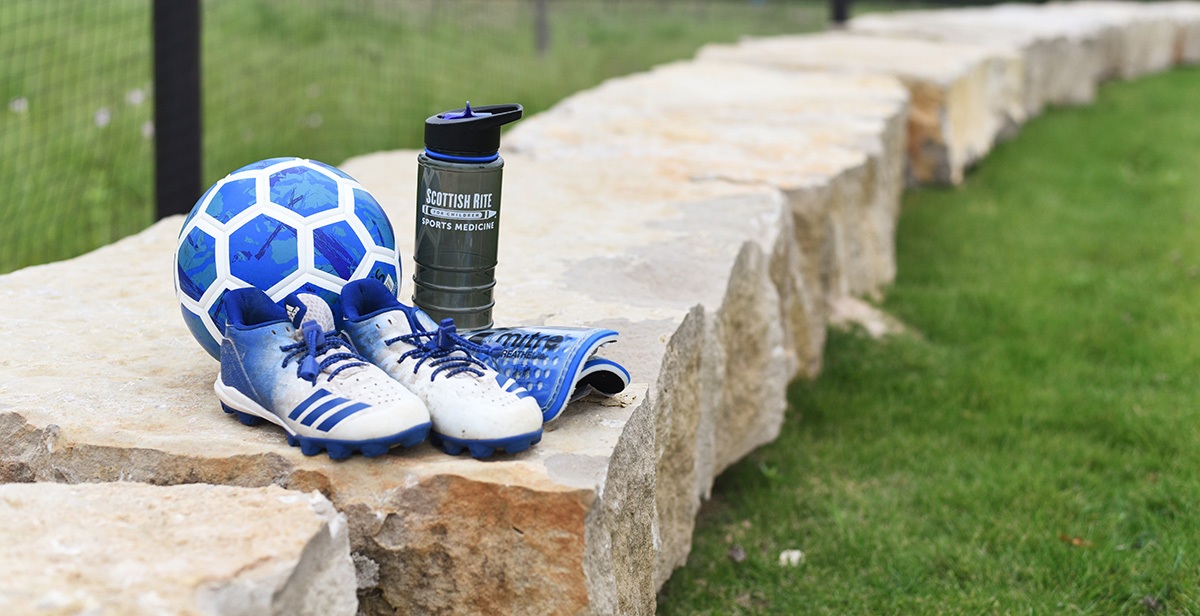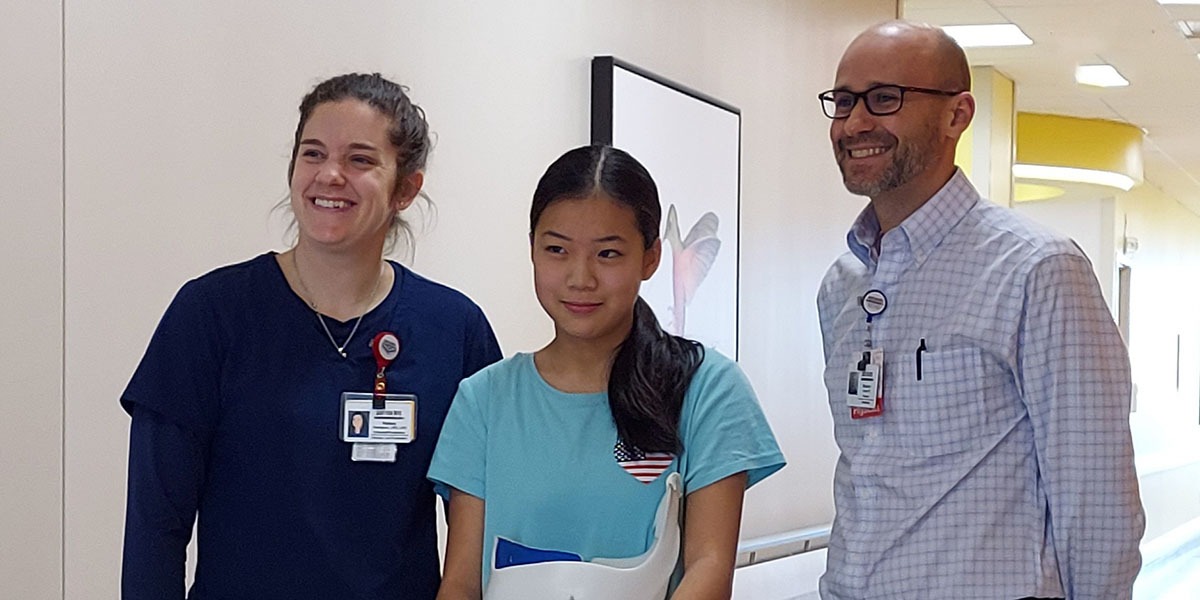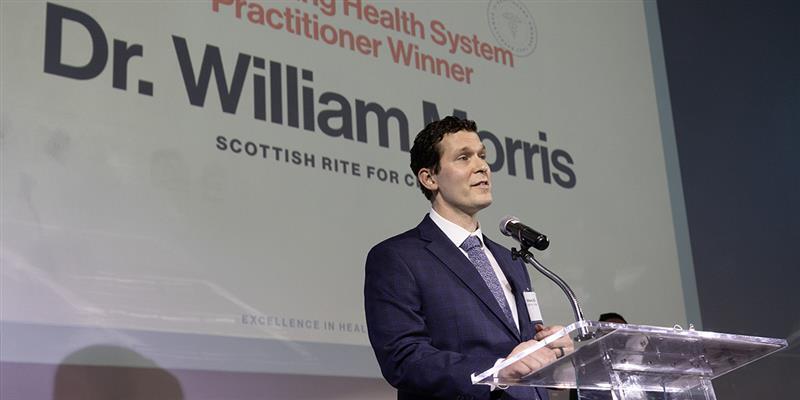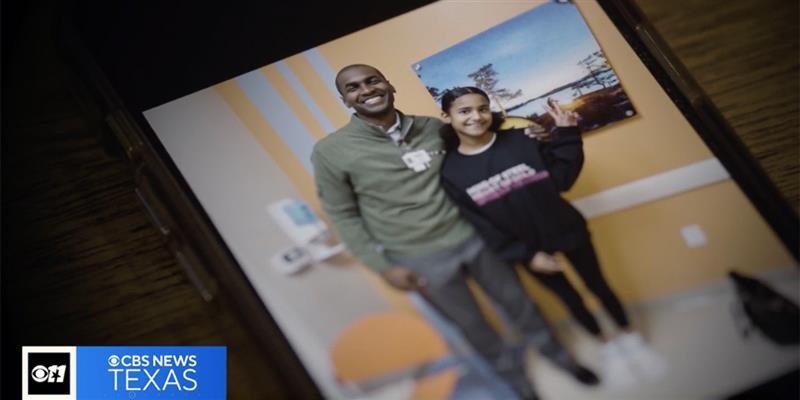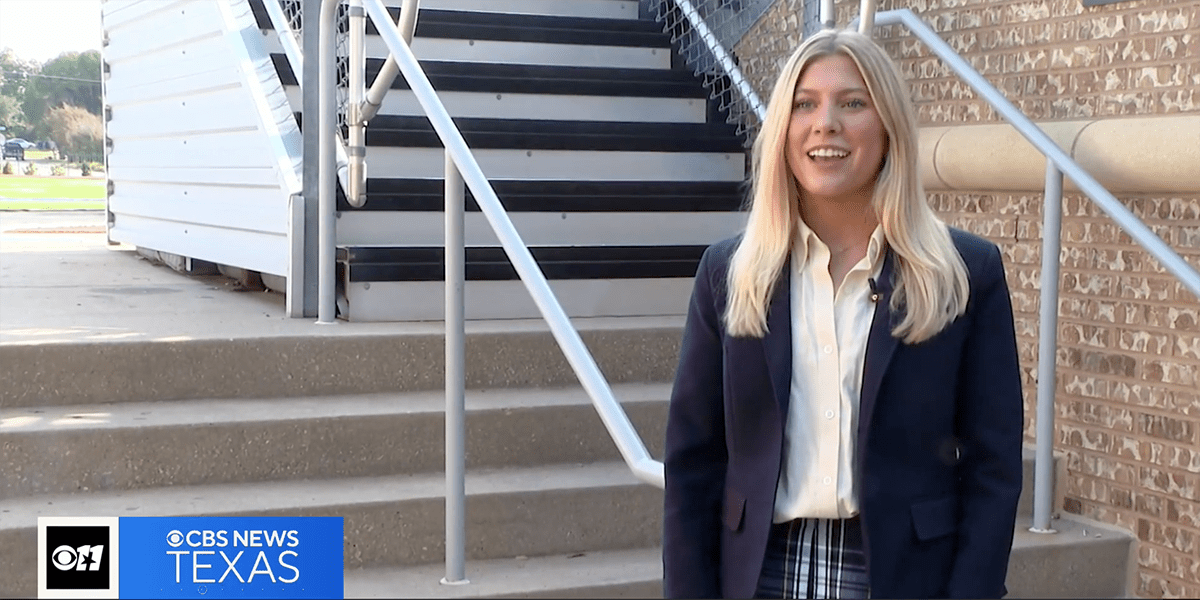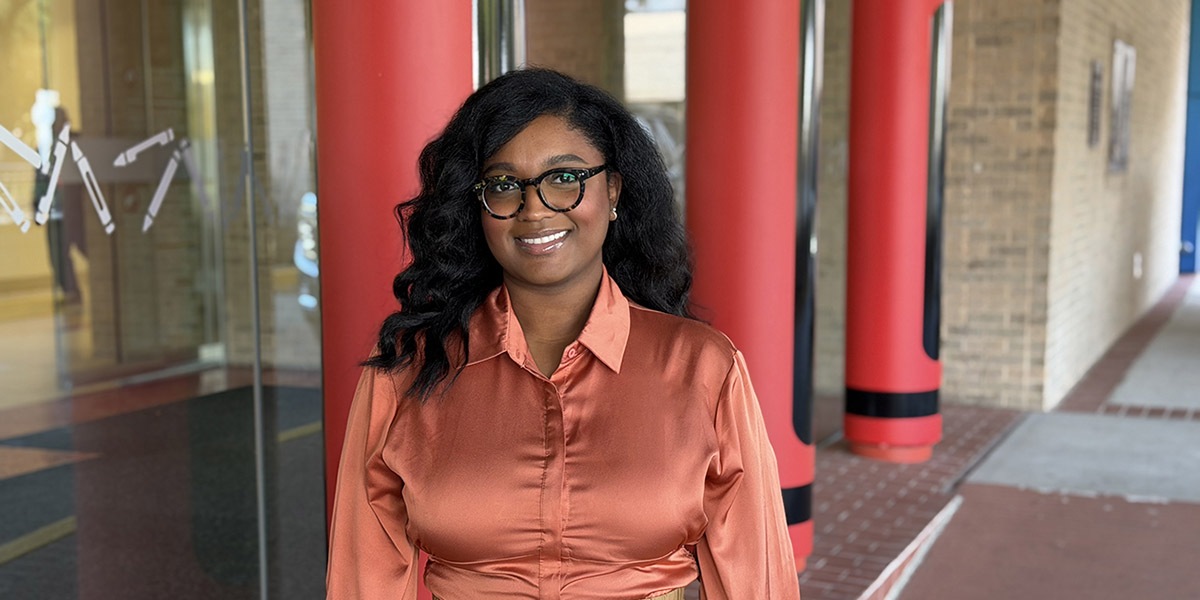What are growth centers?
The medical term for a growth center is a physis. The physis is an area of the bone that has soft tissue called cartilage that is later replaced by new bone cells. Some are areas where bone growth makes bones longer. Others, called apophyses, give the bones a unique shape. These growth centers are found in the elbow, pelvis, heel and other areas. The apophyses are attachment sites for tendons.
What growth center is in the heel?
The calcaneal apophysis is in the calcaneus (heel bone). The apophysis is the attachment site for the very strong tendon from the calf muscle, called the Achilles tendon.
What causes heel pain in the calcaneal apophysis?
Children become more committed to sports around 8-12 years old. With running, or repetitive jumping, the Achilles tendon pulls on the cartilage in the heel. This, accompanied by the impact on the ground with running and jumping, can lead to irritation in this area. Because this has a gradual onset, this is referred to as an overuse injury and is often referred to as Sever’s disease.
What is Sever’s Disease?
Sever’s disease, or calcaneal apophysitis, is a type of overuse injury and the most common cause of heel pain in active children ages 8-12. It is caused by repetitive movements, like running and jumping and may occur in only one or both sides. The pain is usually not related to a specific injury and comes on gradually.
What is the treatment for Sever’s disease?
Changing shoes or adding heel cups may be recommended to help with comfort during recovery. Simple ankle stretching exercises may also be helpful. Other treatments are available and should be considered on an individual basis, but rest is the most common prescription for this condition. Returning to a sport and other physical activity may gradually prevent recurrence. Pain may last months to years and may come back or worsen with increased sport or activity.
How long does Sever’s disease last?
Sever’s disease will resolve with completion of growth in this area. Because the growth plate is soft until it is closed, this problem can happen again in this age group. Pain in this area typically resolves by the mid-teenage years.
What factors may increase risk of initial or recurrent Sever’s Disease?
- Playing sports on a hard surface or barefoot.
- Footwear with poor cushioning, such as soccer cleats.
- Year-round sports participation.
- Sudden increase in training intensity.
- Increase in duration or frequency of activity, such as tournaments and camps.
- Tight Achilles tendon or calf muscle.
Learn more about Sever’s disease in this popular short lecture featuring sports medicine physician Jane S. Chung, M.D.


